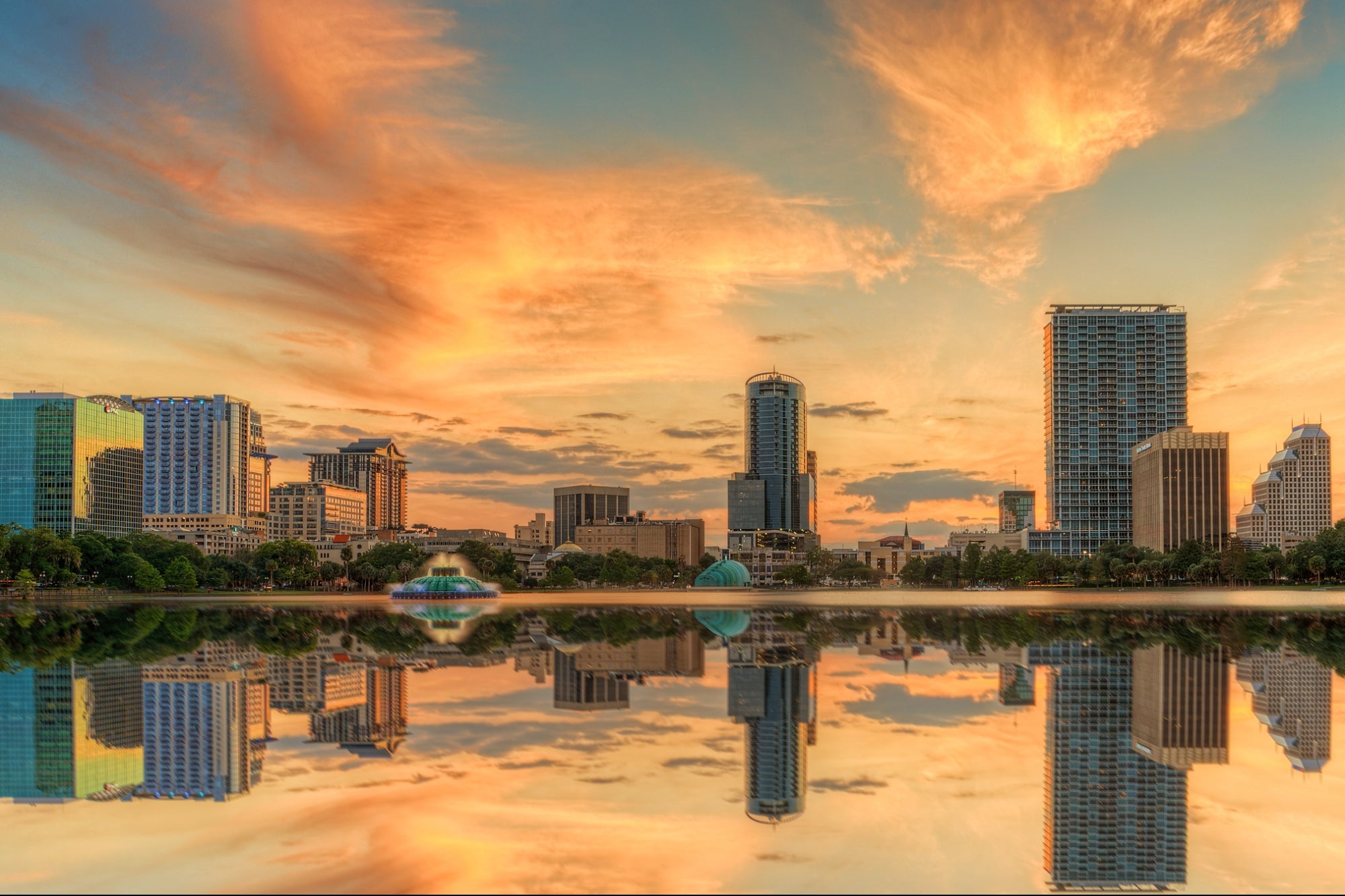Americans are starting to feel more optimistic about the economy, despite recession talk and climbing interest rates.
Several sentiment indicators show consumers’ mood is clearly brightening. Why? The answer can probably be found on gas station price signs.
Gas prices and consumer sentiment are usually inversely correlated in the US because of how ubiquitous those signs are. Even though gas only makes up 5% of American budgets, its prices are seen by everyone, driving or not, providing a daily gauge for inflation.
And this month, Americans have reason to feel more upbeat. The national average for a regular gallon of gasoline is now $3.74, a 7% drop from a month ago. By next week, prices will have declined for 13 weeks straight, the longest streak of gas price decline since 2018.
Americans’ improving outlook might be an indication that consumer spending will continue to hold up in coming months.
More relief at the gas pump
Gas prices are spiking on the west coast because of refineries shutting down in the face of extreme heat, but on average they continue to decline. Soon cars will start filling up with cheaper winter gas as lower temperatures set in.
“There’s enough momentum that if everything today were to freeze, I think the national average could drop another 25 to 50 cents a gallon over the next couple of weeks,” said Patrick De Haan, head of petroleum analysis at GasBuddy.
Could gasoline prices spike again?
To be sure, gas prices could quickly change direction. The US is entering hurricane season, increasing the potential of storms knocking out refining capacity in the Gulf Coast. Russia could curtail natural gas supply to Europe, which would drive up oil prices as EU states rely more on that fuel. Then there’s the pandemic.
“Covid is still an issue,” De Haan said. “The imbalances are being worked out, but US oil production still has not returned to pre-covid levels. So even covid is still an active factor.”















